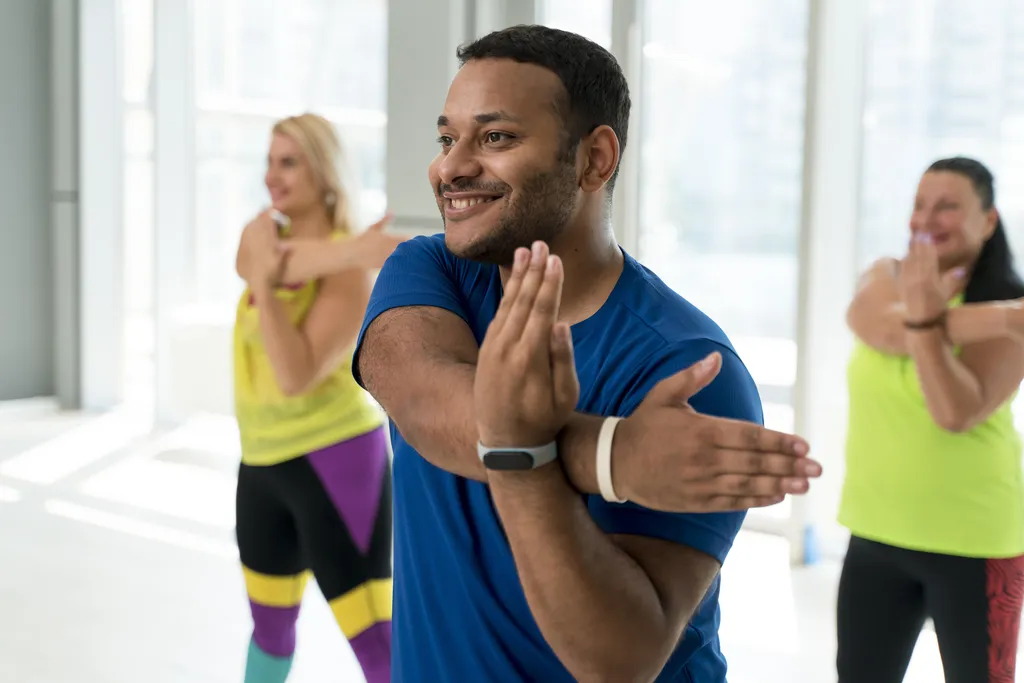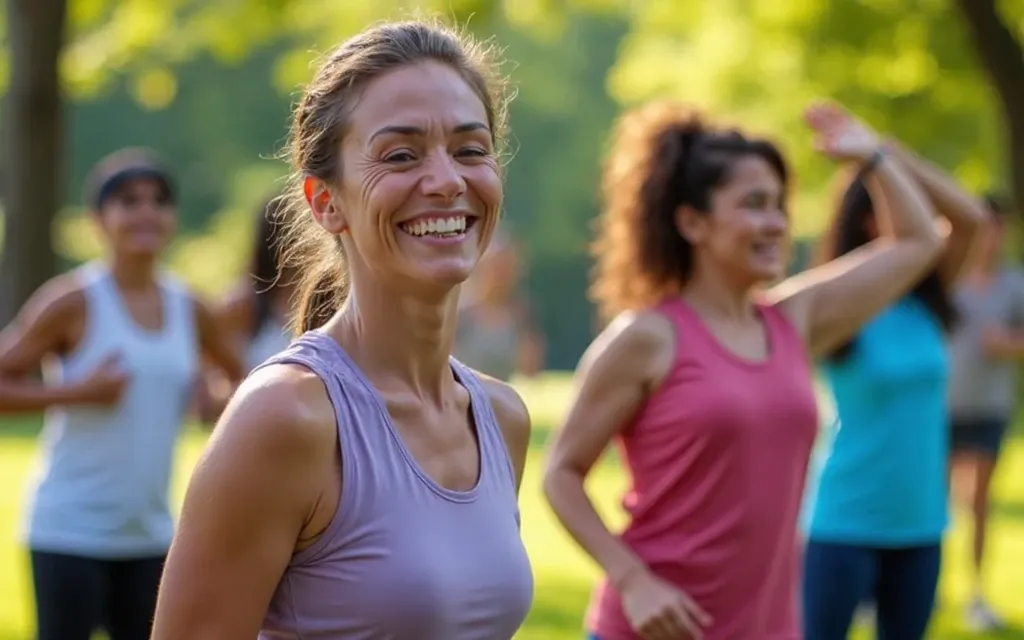Starting a new workout routine is exciting, but preparation is key to staying safe and getting the most out of your efforts. Whether you’re a fitness beginner or returning after a break, knowing what to do before you exercise can help you avoid injuries, boost motivation, and ensure long-term progress. This guide covers everything you need to know—from warm-ups and hydration to proper gear and listening to your body—so you can step into your workouts with confidence.
The Importance of Warming Up
Warming up is a crucial step that many beginners overlook. A proper warm-up gradually increases your heart rate, boosts blood flow to your muscles, and prepares your joints for the activity ahead. According to the American Heart Association and Mayo Clinic, warming up for 5–10 minutes with light aerobic activity—like brisk walking or gentle cycling—reduces the risk of injury and improves workout performance. Dynamic stretches, such as arm circles, leg swings, and walking lunges, further activate key muscle groups and enhance flexibility.
A good warm-up also helps mentally prepare you for exercise, sharpening focus and reducing performance anxiety. Tailor your warm-up to your planned activity: for example, runners should focus on lower body movements, while lifters might do light sets of their planned exercises.

Hydration and Nutrition: Fueling Your Body
Proper hydration and nutrition are fundamental for a safe, effective workout. Dehydration can lead to fatigue, dizziness, and decreased performance. The CDC and fitness experts recommend drinking water before, during, and after exercise—especially in warm weather or during extended sessions. Aim to drink 16–20 ounces of water about two hours before working out, and sip water throughout your session.
Eating a balanced meal 1–3 hours before exercise helps provide the energy your body needs. Focus on complex carbohydrates (like whole grains or fruit) and a moderate amount of protein. Avoid heavy, fatty foods that can cause discomfort.
If you exercise early in the morning, a small snack like a banana or a slice of toast can help jumpstart your energy. Listen to your body: if you feel lightheaded or overly fatigued, take a break and hydrate.

Choosing the Right Gear: Shoes, Clothing, and Insoles
Wearing the right gear can make a significant difference in your workout experience and safety. Start with comfortable, breathable clothing that allows full range of motion. Moisture-wicking fabrics help keep you dry and comfortable, especially during intense sessions.
Shoes are especially important. Select footwear designed for your activity—running shoes for jogging, cross-trainers for gym workouts, or sport-specific shoes for classes. Well-fitting shoes support your feet, absorb impact, and reduce the risk of blisters or injury.
If you experience foot fatigue or discomfort, consider using supportive insoles. Insoles can provide extra cushioning, help with alignment, and reduce pressure on your feet, making exercise more enjoyable and sustainable—especially for those who stand or walk a lot during workouts.
Don’t forget accessories like a water bottle, sweat towel, and, if needed, a fitness tracker to monitor your activity.
Listening to Your Body and Exercising Safely
Paying attention to your body’s signals is essential for safe exercise. It’s normal to feel some muscle fatigue or mild discomfort when starting a new routine, but sharp pain, dizziness, or chest tightness are warning signs to stop immediately. The American Heart Association advises monitoring your intensity: you should be able to talk, but not sing, during moderate-intensity exercise.
Rest is as important as activity. Schedule rest days and avoid working the same muscle groups on consecutive days to allow for recovery and to prevent overuse injuries. If you feel unwell, have swelling, or notice persistent pain, take a break and consult a healthcare professional.
Remember, progress is personal. Don’t compare your journey to others, and adjust your routine as needed based on your energy levels and physical condition.
Creating a Pre-Workout Checklist
A simple pre-workout checklist can help you establish a safe and effective exercise routine. Here’s a sample:
| Step | What to Do |
|---|---|
| Medical Clearance | Consult your doctor if you have health concerns or are new to exercise |
| Hydration | Drink water before and during your workout |
| Nutrition | Eat a balanced meal or snack 1–3 hours prior |
| Warm-Up | Perform 5–10 minutes of light cardio and dynamic stretches |
| Gear | Wear appropriate shoes and clothing; consider insoles if needed |
| Mindset | Set a goal for your session and focus on form |
| Listen to Your Body | Be aware of warning signs and stop if you feel unwell |
Review this checklist before every workout to build good habits and maximize your results.
Key Takeaways: Setting the Stage for Success
Preparing for exercise is about more than just showing up—it’s about setting yourself up for success. Warm up to protect your muscles and joints, hydrate and fuel your body, choose the right gear, and always listen to your body’s signals. These steps help prevent injuries, boost performance, and make exercise more enjoyable.
Remember:
- Warm up for 5–10 minutes
- Drink water and eat a light meal or snack before working out
- Wear proper shoes and consider insoles for extra support
- Monitor your intensity and rest when needed
- Consult a healthcare professional if you have health concerns
With the right preparation, you’ll build a foundation for safe, effective, and sustainable fitness—one workout at a time.
Reference
- CDC: Growing Stronger – Strength Training for Older Adults
- American Heart Association: Develop a Physical Activity Plan for You
- Mayo Clinic: How to Warm Up and Cool Down for Exercise
- SAIF: Safety in Motion – The Value of Warm-Up Exercises
- Everyone Active: Top 10 Tips for Exercise Beginners
- Nerd Fitness: 15 Warm-Up Exercises (to Prevent Injury)


